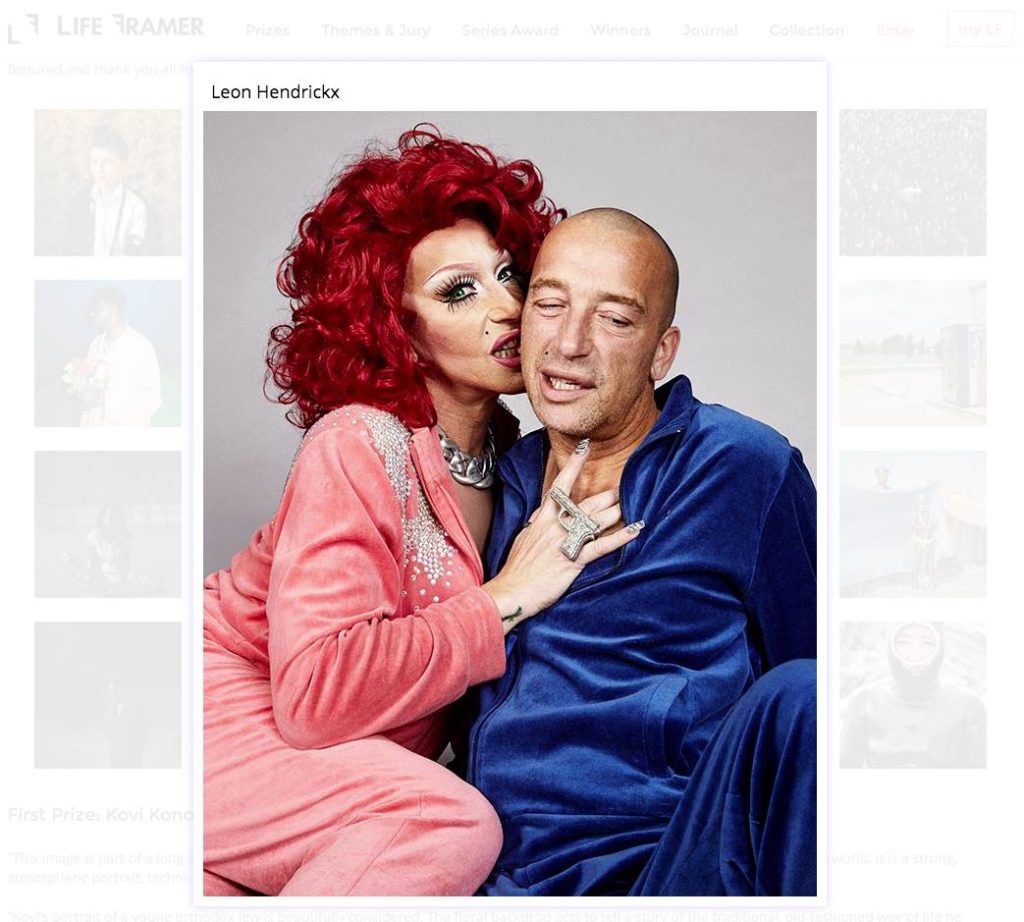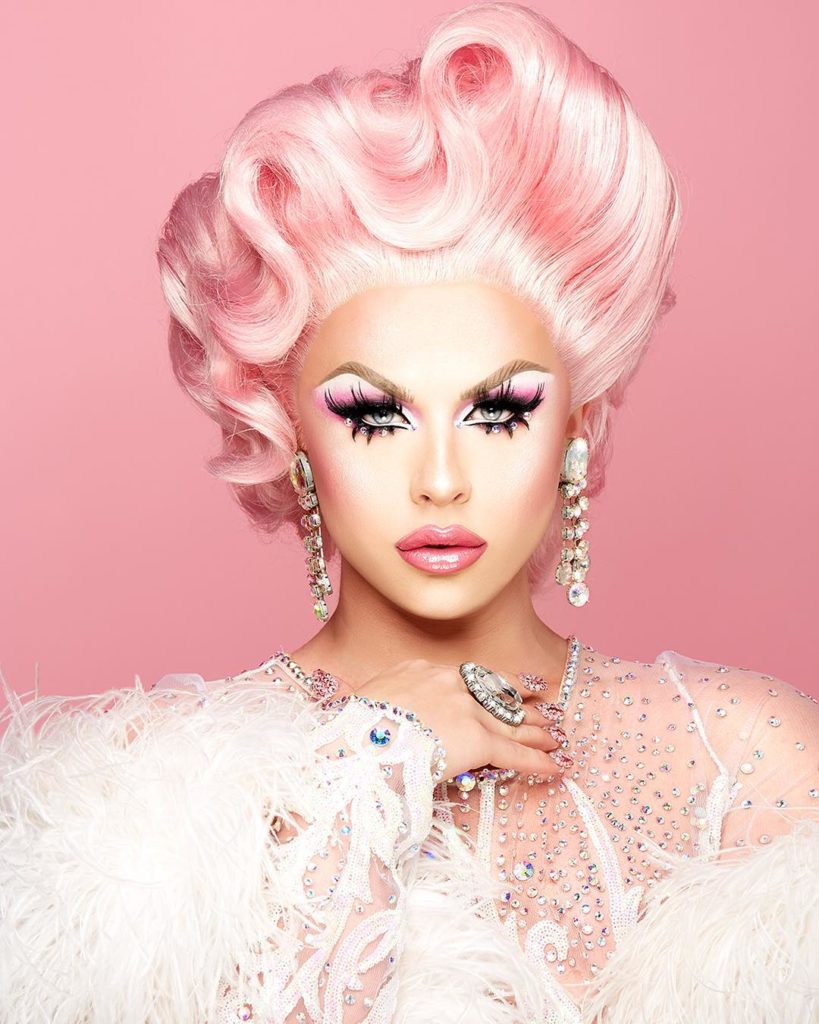Investigation into how Individual Experiences inform Drag Persona and how Drag helps inform Identities
Abstract:
Every drag artist embodies some kind of character they choose for the performance of their drag. This “character” or personality if you will, is specifically tailored to meet the needs of the drag performers, to elaborate the drag persona and also to help mitigate life experiences through the performance of drag. Artists report various entrances into drag, but a common thread for them is this experience of identity through their drag performance. That is, the drag performers use the art of drag to help express and realize their inner identities, not just their gender identities.
https://www.cnn.com/style/article/kings-queens-drag-portraits/index.html
DRAG: It’s For Everyone
Talking about gender, there at first a recognition that the binary distinction of male and female is a social construction. Our society has centered us from day one, on blue and pink, but the rainbow has many more colors. Talking about drag, there is a recognition that it isn’t just “for men.” Drag artists present in many different ways and the art of drag is about bending traditional ways of thinking about gender, identity, and sexuality. As Sasha Velour puts it in her NPR interview, “Anyone can, and must, do drag.”https://www.npr.org/2018/08/17/639319715/sasha-velour-anyone-can-and-must-do-drag Sasha means that drag is an experience that could change your life and the way you think about society and the constructs of gender, if only you might try it…
With these key features in mind I wanted to explore these individuals and the experiences that informed the way they choose to present their drag persona. Some performers use drag as a way to act out the characters that they haven’t been allowed to be in real life, while others use their drag to become creatures that do not resemble the person that they were before their drag transformation. Photographer Léon Hendrickx displayed some amazing pictures of queens and the real people behind the make-up, as shown here.
What the Artists Have to Say about Identity
Peppermint, from Rupaul’s Drag Race, season 9, spoke about her drag persona in a phone interview with Huffpost, she says “Peppermint the drag queen and Peppermint the everyday woman are definitely the same personality.” This quote from Peppermint comes after she talks about how her drag persona helped her identify her trans identity. https://www.huffpost.com/entry/rupauls-drag-race-gender-theory_n_5acf6f9ce4b0ac383d74cc31 She started performing as a drag queen because it gave her an outlet to be the woman she really felt like she was. This experience has been shared by other trans artists as well, but not all. Drag has been a way for trans identifying individuals to feel out the world of the opposite gender in a way that seems safer for them than other means. But the drag culture is not occupied only by trans people, but by all different people, identifying as straight, lesbian, gay, bisexual, you name it.
Alana Kumbier wrote an article about her experience performing as both a king and queen.(“One Body, Some Genders: Drag Performance and Technologies” 2002, Journal of Homosexuality)(https://login.libproxy.siue.edu/login?url=http://search.ebscohost.com/login.aspx?direct=true&db=sih&AN=9878836&site=ehost-live&scope=site) Kumbier’s unique experience allows her to navigate through masculinity and femininity in various ways. She talks about the allure of watching male rock stars and lusting for them, but then explains her experience of being onstage with a rolled-up sock in her pants. She enjoyed the role she could play and the arousal she could generate, she describes the experience as “being the Rockstar, and getting to fuck him too.” This expression of identity helps her essentially define herself in terms of who she wants to be and who she was, she said it helped her embody her queerness.
Miz cracker, a drag queen from Slate Magazine, gathered responses from other drag artists, and talked about drag as a creative performance art that allowed artists to express what-ever they wanted to through their drag. She differentiated between drag and trans identity. (https://slate.com/human-interest/2014/07/is-drag-a-trans-identity-or-just-a-job-a-queen-explores-her-art.html).
Miz Cracker interviews Azraea, who talks about their experience of drag as a type of therapy that helped them work through issues in their life through their performance. Miz Cracker also discusses the varied applications of drag and the tangled identity behind each artist that creates each persons’ individual drag. Gender is an identity, but it isn’t the only identity that informs who we are as individuals and how we choose to express ourselves.


Farrah Moan also talks about how drag inspired her in an interview with “Very Good Light” magazine. She describes drag as something that helped her express the “duality” of her personality; the masculine and the feminine side. Being comfortable with that also added to her confidence in all aspects of life. HTTPS://WWW.VERYGOODLIGHT.COM/2018/07/16/FARRAH-MOAN/.
Photo of Farrah Moan: She posted “Life is a drag 👑
A pallet by @mannymua733 & @lunarbeauty
Photo by @damir_k
Hair @wigsandgrace”
Sashay Away like a Southern King
Baker and Kelly in their 2016 article “Live like a King, y’All: Gender Negotiation and the Performance of Masculinity among Southern Drag Kings,” https://login.libproxy.siue.edu/login?url=http://search.ebscohost.com/login.aspx?direct=true&db=sih&AN=112802942&site=ehost-live&scope=site They identify individual motivations for the drag kings and recognize the focus of those motivations, compared to those who push to challenge the binary system. Drag artists use drag to navigate their identity in and out of costume but depending on their environment, the impact of their drag comes out in different ways.
“Southern drag kings, in general, do not overtly challenge the gender-status quo as previous research assumes. Rather, they turn to drag as a safe and fun outlet for female masculinity and as a place to test the waters of transsexuality. Despite their often, individualistic rationales, we argue that the act of performing drag still challenges the gender order and enables others to engage in political thought and push for change in our society.” (pg.46)
Queens, kings, whatever art you choose to do, drag is an art that can help explore the things inside you that you might not know even exist yet…
I really enjoyed this post because it shows that drag queens are not the same person as their performers. I feel that a lot of people look at a performer and see the same person in and out of drag when many performers instead have this persona. I like how you included a link about the difference between a drag persona and being trans as this seems to be something that others tend to blend together.
I enjoyed seeing the comparison series you found. It’s really cool to see the differences of these artists in and out of their drag personas. I also liked how you touched on the identity exploration aspect found for some in drag. Safety is hard to find in some parts of the U.S., and for the individuals trying to explore that part of themselves and finding a space to do that is amazing.
I like how this focused on how everybody is accepted into drag. Watching RuPaul’s Drag Race this semester, showed how drag can really only focus on gay men with female personas. I think advocating for others in drag is the next step to acceptance.